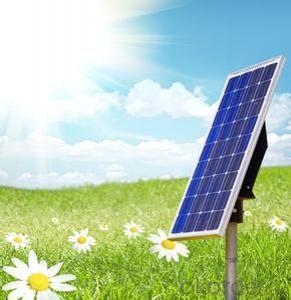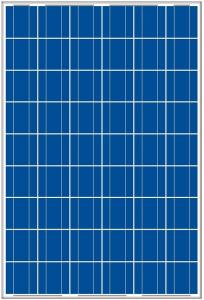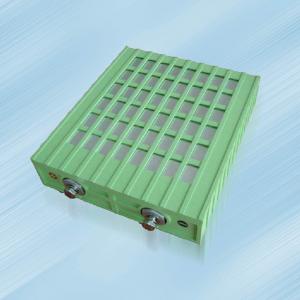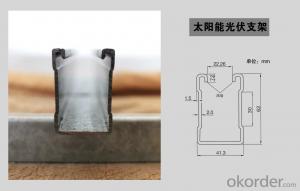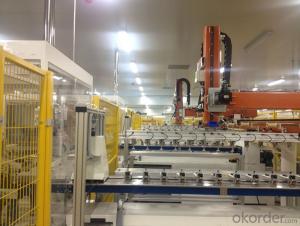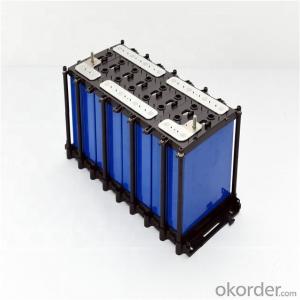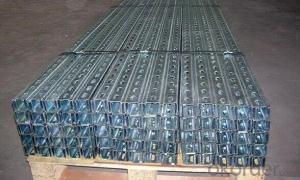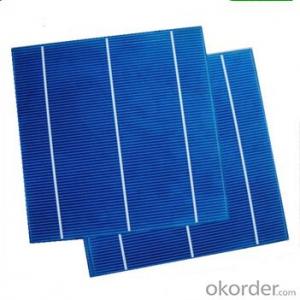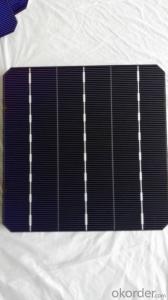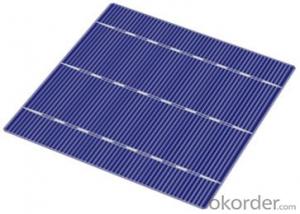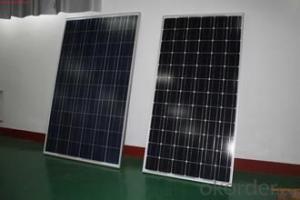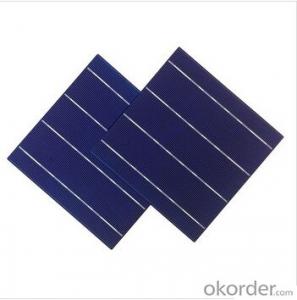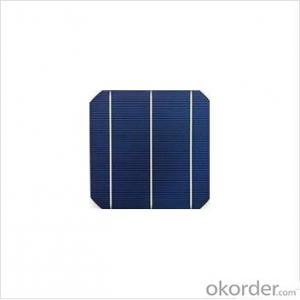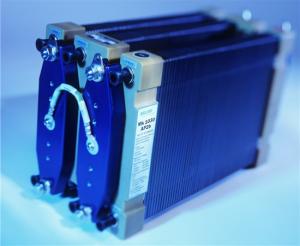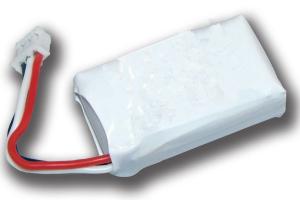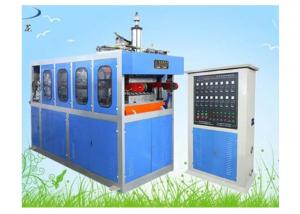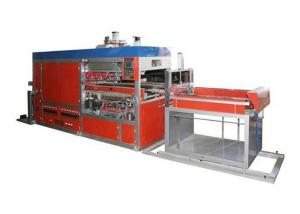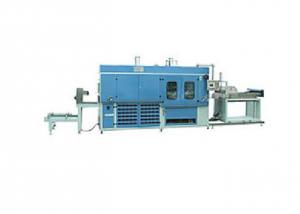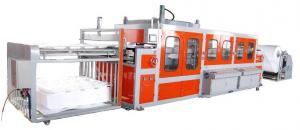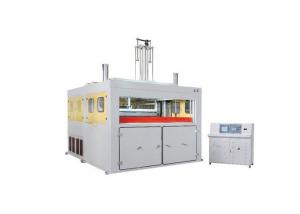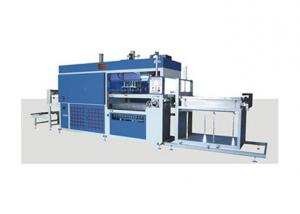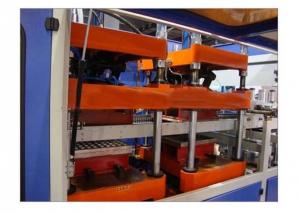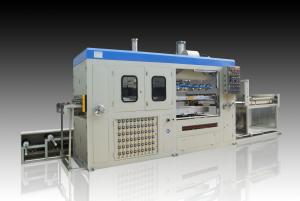Ruthenium Solar Cells
Ruthenium Solar Cells Related Searches
Rv Solar Cells Residential Solar Cells Rec Solar Cells Gallium Solar Cells Rectenna Solar Cells Photovoltaic Solar Cells Raw Solar Cells Round Solar Cells Satellite Solar Cells Cadmium Solar Cells Aerospace Solar Cells Lightweight Solar Cells Compact Solar Cells Bulk Solar Cells High Temperature Solar Cells Solar Energy Cells Full Spectrum Solar Cells Quantum Solar Cells Organic Solar Cells Biogenic Solar Cells 1st Generation Solar Cells Heterojunction Solar Cells Foldable Solar Cells Crystalline Solar Cells Encapsulation Solar Cells Gallium Arsenide Solar Cells Large Solar Cells Nano Solar Cells Free Solar Cells Folding Solar CellsRuthenium Solar Cells Supplier & Manufacturer from China
Ruthenium Solar Cells are a type of photovoltaic technology that utilizes ruthenium dye-sensitized cells to convert sunlight into electricity. These cells are known for their high efficiency and ability to absorb a broad spectrum of light, making them a promising alternative to traditional silicon-based solar cells. They have been gaining traction in the renewable energy sector due to their potential to offer improved performance and lower production costs.Ruthenium Solar Cells find their application in various scenarios, including residential, commercial, and industrial settings. They are particularly useful in areas with limited sunlight or where space is at a premium, as their light-absorbing capabilities allow for efficient energy generation even under less-than-ideal conditions. Moreover, their flexibility and lightweight nature make them suitable for integration into building materials, such as windows or facades, as well as portable electronic devices.
As a leading wholesale supplier, Okorder.com boasts a vast inventory of Ruthenium Solar Cells, catering to the needs of a diverse clientele. With a commitment to quality and customer satisfaction, Okorder.com ensures that these solar cells are readily available for those seeking to harness the power of the sun for their energy requirements.
Hot Products
